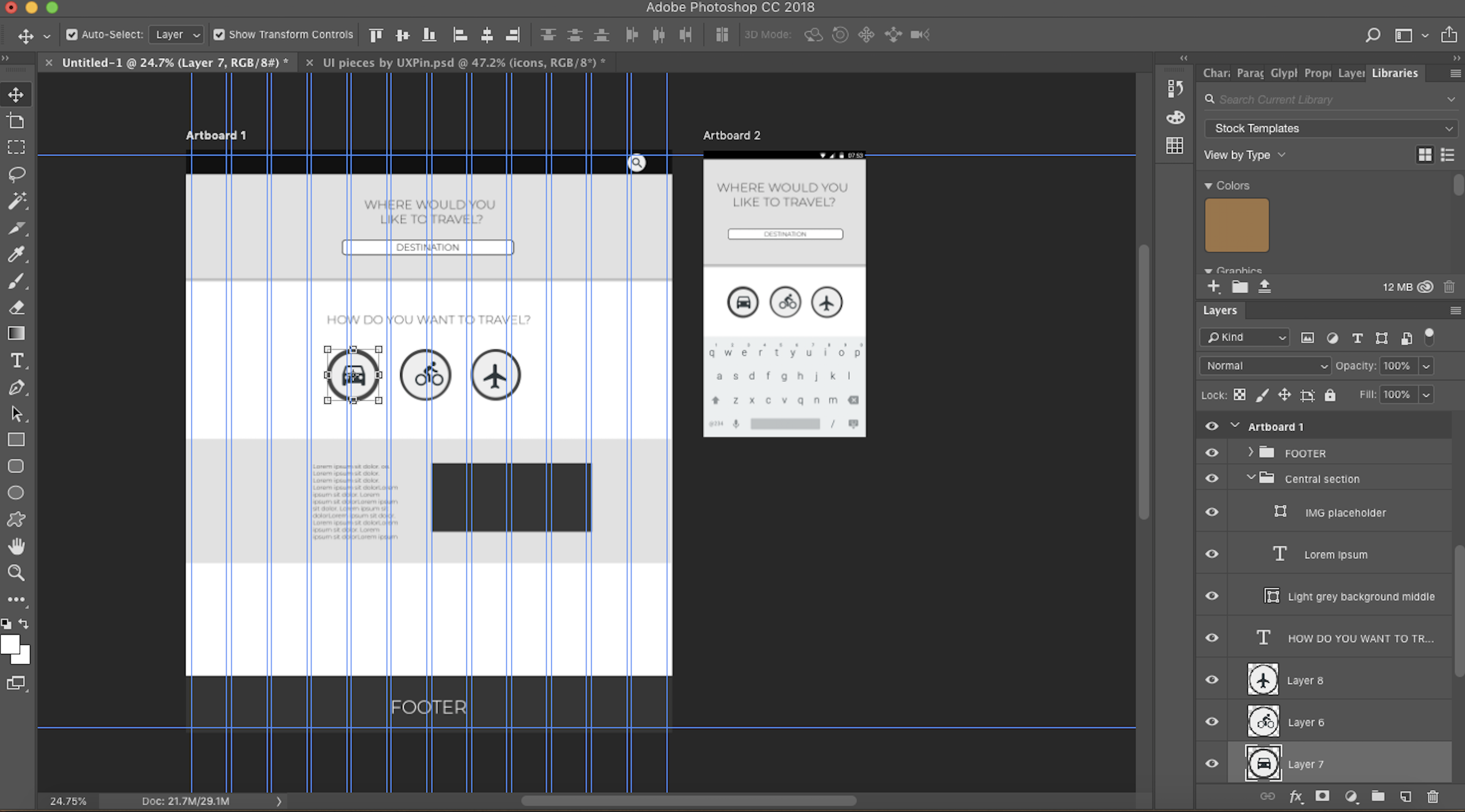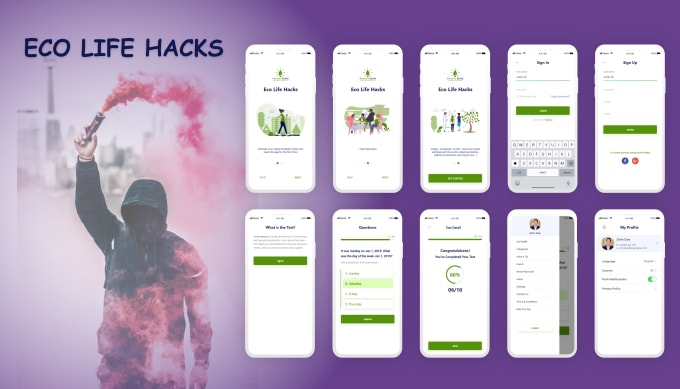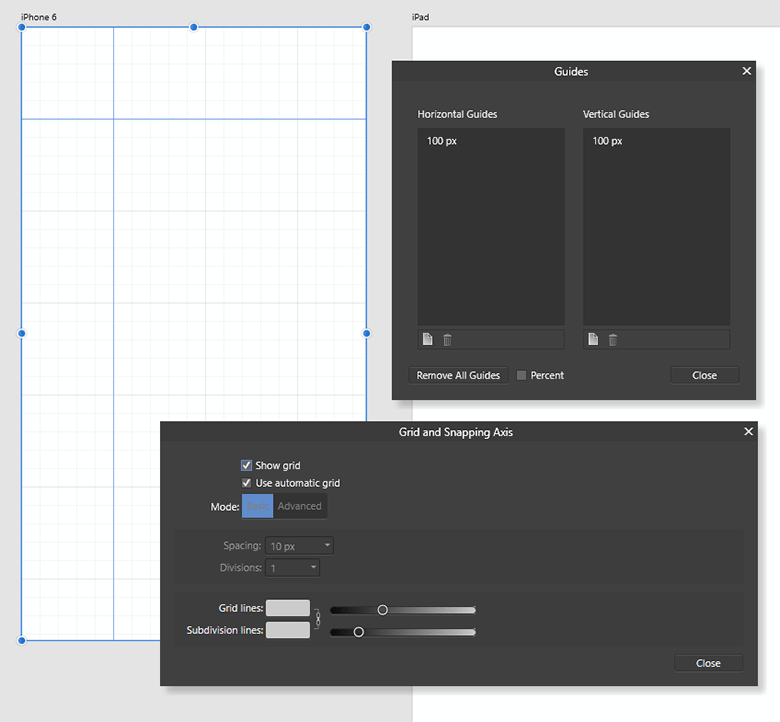Affinity Designer is ranked 3rd while Adobe XD is ranked 8th. The most important reason people chose Affinity Designer is: Rather than a monthly subscription based model, Affinity Designer instead has a one-time fee ($49.99). Affinity Designer was created to thrive on the electric pace of the latest computing hardware. Live, responsive and incredibly fluid, it’s simply a joy to use. + Pan and zoom at 60fps + Live gradients, effects. Adobe XD is a fast & powerful UI/UX design solution for websites, apps & more. Design, wireframe, animate, prototype, collaborate & share — all in one place.
- Affinity Or Adobe
- Adobe Xd Vs Affinity Designer
- Affinity Designer Vs Adobe Indesign
- Affinity Designer Vs Indesign
For many product teams, design documentation is an afterthought. Instead, they follow the approach of, “We don’t have time to do it right now. Let’s focus on the design or development.” They postpone writing documentation until the very end of the product design process.
This can be a dangerous approach. A lack of thorough documentation causes confusion during the implementation phase of a design. Product teams are better off creating documentation throughout their workflow, essentially streamlining and empowering decision making. Mac computers and laptops. This will give everyone on the team a better understanding of each decision, every step of the way.
Let’s take a look at the concept of design documentation, explore why it’s an important investment of time, and go over some practical tips on how documenting design can be done properly.
What is design documentation?
Design documentation is a collection of documents and resources that covers all aspects of your product design. Documentation should include information about users, product features, and project deadlines; all essential implementation details; and design decisions that your team and stakeholders have agreed on.
Why invest in documentation design?
Clarify project requirements
Gaining stakeholder approval to begin implementing a design is one of the most important steps in the design process. You need to be on the same page with stakeholders to gain this approval. Proper documentation makes it easier to achieve this goal. How? Documentation helps you organize and deliver your thoughts to stakeholders, which in turn helps them understand how your design decisions will satisfy the user needs and their own business objectives.
Streamline design implementation
By documenting a design, you also aid in the implementation of it. Product design is a collaborative process, and in many cases, multiple people work on the project. It’s not always possible to share implementation details verbally (for example, when you work with remote teams). Thus, the design documents act as a single source of truth for everyone who is involved in product development and can rally your team around a specific goal.
Motivate your team

Good documentation tells a high-level story about the product and gets team members excited about the vision. It answers the questions, “How do we want to build this?” and, importantly, “Why do we want to build this?”
A list of essential docs
While documentation can vary from project to project, the following docs will be relevant to all. This information can be included in a single document or separated into multiple documents. Which approach you take will depend on the complexity of your project.
- Project overview – This document contains a high-level overview of the design and the goals the design team wants to accomplish. By reading this document, anyone should be able to understand the purpose of a project.
- Product requirements – This document covers the business and technical requirements of the design. It should be shared with stakeholders before starting the design to ensure that both types of requirements are satisfied. It’s also worth including in this doc information about constraints and assumptions because they will influence the design decisions.
- Project deliverables – This document provides information about the design artifacts established during the wireframing and prototyping phases (e.g., lo-fi wireframes, mock-ups, hi-fi prototypes) that will be provided as deliverables once implementation has been completed.
- Target audience information – This document lists relevant information about your audience, from user personas to data from user research. This information will help your team understand who your users are and what good design means to them (via their functional and aesthetic preferences). The doc serves as a reference for designers when sharing their rationale behind individual design decisions.
- User journeys – This document outlines the path a user may take to reach their goal when using a product.
- Design guidelines – This document describes the components and specifications required to build the solution.
- Style guides – This document lists a set of standards for the stylization of design. Styles, colors, and typefaces are essential pieces of this guide.
- Project scope and implementation plan – This document describes the roles and flow of cross-team collaboration. The implementation plan documents the requirements necessary to complete the implementation of the design. For simple projects, it might be a high-level overview of the steps required to complete the implementation. For complex projects, it can include a project timeline with information about the time required to complete each of the steps.
- Design validation and user testing – This document provides an overview of the practices to be executed during the product design cycle, as well as steps to be taken after product release to verify that the product satisfies user needs.
- Operational instructions – This document provides detailed instructions on how to perform common operational tasks after the design is implemented. For example, it can provide step-by-step instructions on how to roll out a new version of an app in the production environment.
Properly documenting design
Though there’s no single way to conduct design documentation, and it varies by product team, there are a few general recommendations that can benefit every project.
Make documentation usable for the target audience

Affinity Or Adobe
It’s possible to identify three large groups of users for documentation: product team members, stakeholders, and end users. Every group has its own needs, and it’s important to consider this fact when working on your docs. Both the content of and the format for documentation should be adapted to suit your target audience.
Provide up-to-date documentation
Introduce a version control framework to keep your documentation up-to-date and therefore minimize the risk of incorrect design decisions. UX managers should validate the documentation at least once a month.

Work on design documentation incrementally

Documentation design isn’t a one-and-done activity. In many cases, it’s impossible to create all the docs in one attempt. Thus, product teams should work on documentation as they go through the project. Documentation should be a “living” project that is constantly updated as you work on the design. Product teams should invest time in creating a flexible, accessible structure—anyone from a team should be able to update documentation rather effortlessly.
Test documentation
Documentation is a by-product of your product design, and like other products, it should be tested with users. Ensure that users know how to use it and find the documentation valuable. You can also introduce a simple feedback loop, such as an online response form, so your users can record their reactions and help you continuously improve your documentation.
Avoid jargon
Adobe Xd Vs Affinity Designer
Every field has its own special language. When used in an appropriate context, this special language helps you communicate precisely with specialists that have the required expertise. But when you are uncertain about the expertise of your target audience, minimize the use of technical language in your documents.
The best documentation is the kind that your target audience can easily understand. It’s important to learn what’s appropriate for your audience and leave out jargon if it can be replaced by more familiar terms. Try reading the text out loud and evaluating it from the perspective of your documentation readers. Note any terms that might cause confusion and replace them with clearer terms.
Create easy access
Static paper-based documentation is quickly becoming a thing of the past. Modern documentation should be provided as an online resource. This format not only makes it easier for users to access the documentation, but it also simplifies the procedure for updates. Prioritize sections with information, and make sure search works fine. The structure you choose should follow the pattern that users follow when browsing the documentation.
Provide visual or code samples in the doc
It’s much easier to use information when you can match it with an actual design. To create contextual hierarchies and improve comprehension, documentation should include visual design and code snippets, not just plain words. Visual design or code samples make it easier for users to translate the information into design decisions.
Update documentation automatically
If some part of the design goes undocumented, it doesn’t exist. If elements of the design system go undocumented, you run the risk of duplicating elements. Try to keep documentation up-to-date with your product’s code by automating documentation. Rules and systems should be in place for documentation to be updated as soon as developers introduce a change in the front-end design. This includes both visual references and code samples.
Affinity Designer Vs Adobe Indesign
Find patterns in existing docs and turn them into templates
Once you have created the documentation for a few projects, review the docs and try to identify common aspects of all the projects. Define templates for the standard parts to aid in the creation of design documentation. Templates will also serve as a foundation for building out design documents for your future projects.
Conclusion
Creating design documentation is an important step in the project design process and has a direct impact on the outcome. The best design documentation gives a product team a framework for making design decisions. No matter how tight your deadlines for creating a design, you should never overlook the documentation process.
Related Content
→Take the Adobe XD Creative Challenge
We’re excited to announce the first XD Designers Spotlight as part of this week’s XD Creative Challenge
Flat vs. Material vs. Skeuomorphic Design Examples
Learn about skeuomorphic, flat, and material design.
Amazon Alexa UI Kit for Adobe XD: The First Step to Designing a VUI
If you’re like nearly 20 percent of all Americans, you probably own a smart speaker. Research from earlier…
Affinity Designer Vs Indesign
Take the Adobe XD Creative Challenge
We’re excited to announce the first XD Designers Spotlight as part of this week’s XD Creative Challenge
Related Content
The Ultimate Guide to Adobe XD Tutorials: From Beginner to Expert
Adobe XD is one of the most comprehensive and reliable UX design applications used to build a variety of prototypes and is free to install and use on Mac and Windows systems.Want to learn Adobe XD? Th..
Top 22 Free Dashboard Design Examples, Templates & UI Kits for You
A good dashboard design, with a stunning visual design, clear layout and intuitive way of presenting data/contents, makes a website/app stand out and helps users take quick action or navigate more qui..
2018 Best Web Design: 19 Creative Web Examples and Templates for You
With website design trends change every year, in the first half of 2018, some new trends, such as broken grid layouts, typographic animations and fluid effects have emerged.We also continue to see som..
